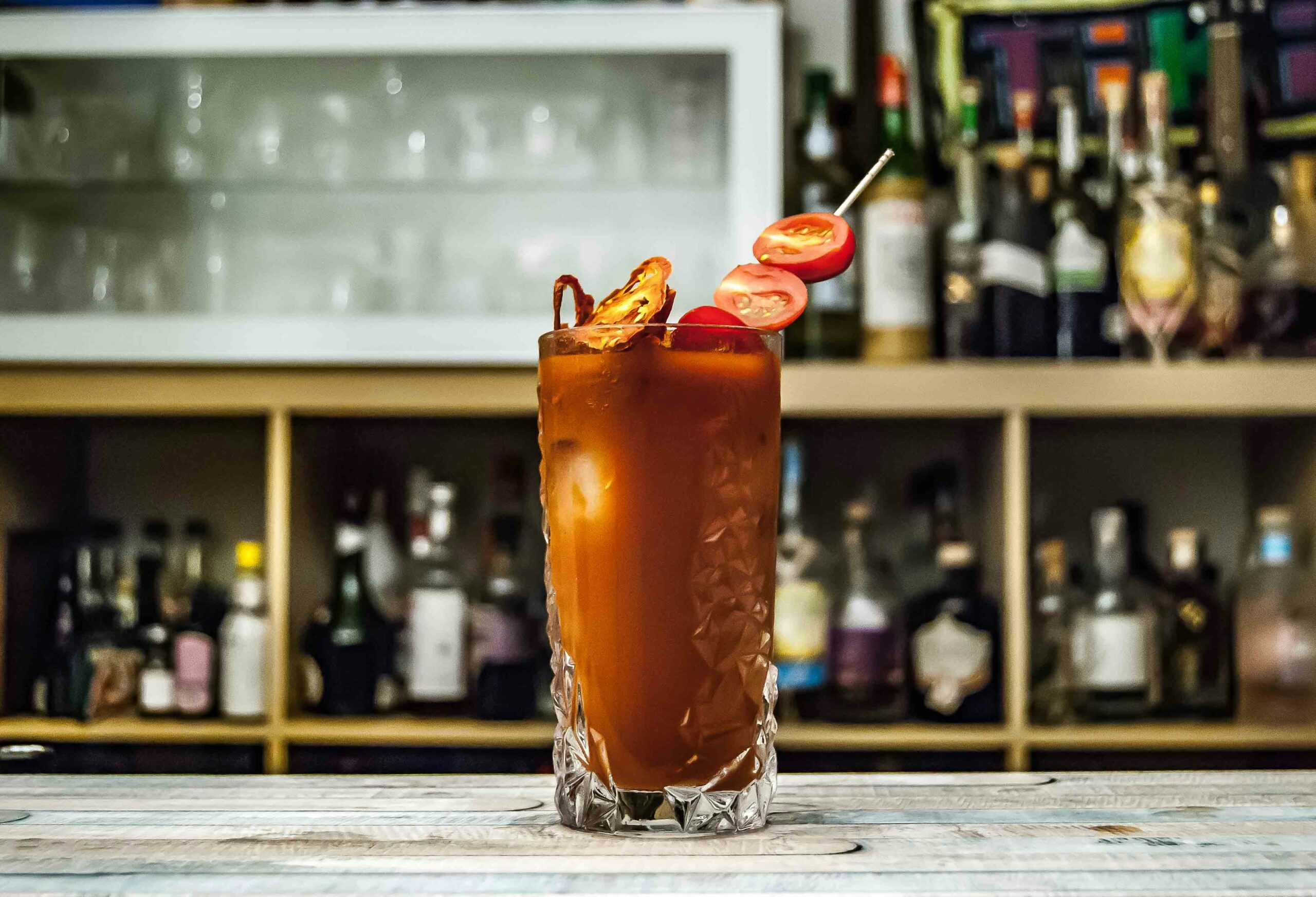For consumers, something must give.
Driven by angst over the rising food and beverage costs, roughly 86% of shoppers report consumer frustration with the overall grocery shopping experience. When the data is broken down, 46% report being “very frustrated” while only 34% say they’re “somewhat frustrated” according to a recent survey of over 1,800 consumers exploring a sobering outlook of the near-term grocery landscape from marketing firm RR Donnelley.
As consumer dissatisfaction mounts, there’s increasing demand for solutions that appeal to current financial pressures.
“Rising prices, especially in the grocery sector, are putting pressure on consumers across all income levels. Price sensitivity is a collective concern, presenting both a challenge and an opportunity for brands,” said Beth Johnson, director of client strategy for grocery & convenience at RRD, in a statement.
To address this fiscal restraint, she recommends that brands offer personalized promotions and relevant discounts to drive consumer value.
How Consumers Find Relief
While at the aisle, consumers take the problem into their own hands, developing innovative buying strategies to save money. Some of the reported behavioral changes include:
Shoppers are stretching their food dollars in myriad ways and are willing to take hits in other areas to do so. For example, they’re switching to less expensive name brands and even purchasing fewer items per trip.
In a stroke of good news for grocers and CPGs alike, 49% of consumers note that they’re willing to splurge on home cooking.
This is likely the result of many consumers reducing their dining out frequency.
Michelle Garcia, director of client strategy for CPGs at RRD, said that brands can position themselves as a smart alternative to dining out, offering the premium experience they’re missing from restaurant dining at a much lower price point. She added that, although many shoppers are trading down when purchasing their grocery essentials, an equally significant group is trading up.
The survey found, for example, that 45% of shoppers seek premium grocery items, up four percentage points from 2023.
When it comes to delivering promotions to these eager savers, 54% prefer mailed ads or postcards and 51% demand physical coupon books. Both values are up five percentage points from 2023. Although the growing support for analog promotions may already come as a shock, what’s even more surprising is Gen Z and Millennials are leading the charge, with the segments growing nine and 12 percentage points from 2023 each, respectively.
Dissecting Shopper Desire
Consumers are transparent about what they expect from their local grocer; they generally fall into three buckets: convenience, value, and personalization. According to the RRD survey, some of their priorities are as follows:
- 59% prefer shopping at retailers that offer relevant deals based on their buying habits
- 58% prioritize affordability
- 57% seek stores that merchandise locally produced offerings
- 39% are concerned about their personal data
“Shoppers value personalization, fair pricing, and data privacy more than ever before but loyalty is no longer a given,” explained Hans Fischmann, VP and general manager of advertising platform nCountR by RRD, in a statement. “Retailers must continuously innovate and align their strategies with consumer demands to maintain loyalty.”
The survey found that 57% of consumers prioritize saving money over loyalty, and the same percentage agrees that stores must offer more savings to retain their loyalty.
In a recent National Grocers Association report, grocery expert Krystie Wiese said that emerging grocery trends are heavily influenced by these consumer behavior shifts. Personalized in-store merchandising that leverages AI, dynamic and competitive pricing models, and value-driven loyalty programs are all primed to fulfill customer needs by offering customer-focused touchpoints that recognize the diverse needs of the modern shopper while also recognizing the current hindrances to the shopper journey.













